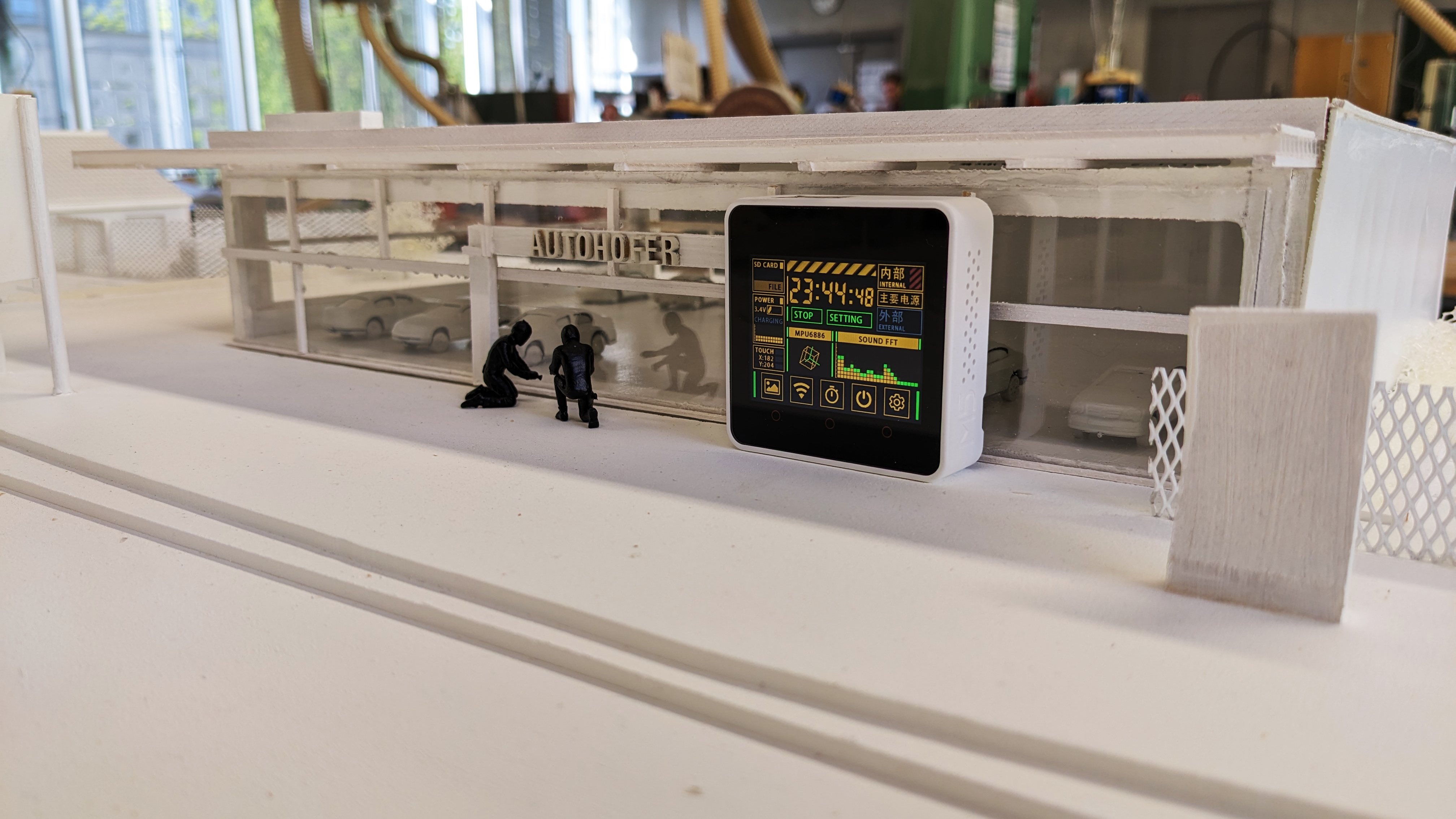
Description and project goals
Ideas for an AI-demonstrator
Increasing energy costs are causing companies to forego lighting their premises. Large, commercial areas are now in the dark; installed surveillance cameras lack the night light for usable recordings. The acquisition of area-wide surveillance with night vision cameras is expensive - the deployment energy-intensive. With the smart acoustic burglary monitoring system "Sound Surv:AI:llance", we present a new approach to burglary prevention - the cost-effective and energy-efficient alternative to monitoring via image. Even in the dark.
Defining the use case: smart, energy-efficient burglary protection.
In the project, funded by the Fraunhofer Big Data and Artificial Intelligence Alliance, a demonstrator is built that illustrates the functionality and potential of Artificial Intelligence (AI) on energy-efficient devices for the use case "burglary protection in business parks". The aim is to present the two research topics "AI models for acoustic data" and "Conversion of AI models from PC to resource-limited systems" in a generally understandable and tangible way. For this purpose, the sounds "glass breaking", "levering", "drilling" and "vehicle", which are typical for break-ins, will be used as acoustic events in the demonstrator, which is the model of a business park. Later these sounds are recorded and analyzed by means of AI.
The innovation in smart acoustic burglary monitoring
Compared to other acoustic burglary detection systems, the Sound Surv:AI:llance project is developing a method that puts the microcontrollers used for analysis into standby when inactive, reducing power consumption. As a result, the system is 80 percent more energy-efficient than camera-based surveillance, and over 65 percent more economical compared to conventional acoustic surveillance systems. In addition, false alarms such as those caused by animals or other environmental sounds are avoided using AI. For improved prediction accuracy, federated learning can be used as a sub-research topic of AI.
 Fraunhofer Institute for Digital Media Technology IDMT
Fraunhofer Institute for Digital Media Technology IDMT